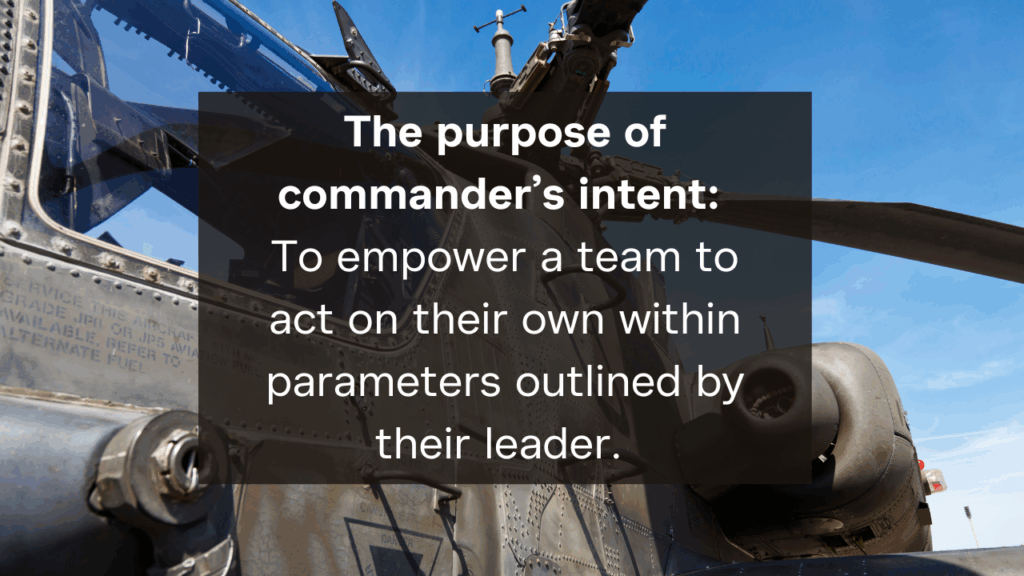Here’s a phrase I’ve heard from executives across every industry: “We need a single throat to choke.”
It’s blunt. It’s memorable. And it reveals something essential about how we think about accountability—when things break, we want to know exactly who’s responsible. And of course, when things succeed, we want to know who deserves credit—queue the “one hand high-five.”
This instinct for clarity isn’t wrong. It’s deeply human. But what if our default to individual accountability is also limiting our potential?
Structure Isn’t Enough—You Need to Design for Decision Rights
At AlignOrg, we don’t start with org charts. We start with strategic intent—i.e., where you’re headed and what you need to be good at to get there. From that, we identify required capabilities, define the work that enables them and only then address structure (i.e., how to group the work).
But even brilliant structures create boundaries. They separate teams, functions, units. To counterbalance that fragmentation, we design horizontal linkages—the connective tissue that reconnects what structure has separated.
And yet, structure and linkages alone aren’t enough.
To truly activate an operating model, you must clarify how authority and accountability flow through the system. This means deliberately designing decision rights—not as an afterthought, but as an essential enabler of performance.
Decision rights answer critical questions:
- Who decides when work spans across silos?
- What requires alignment versus delegation?
- Where do authority and accountability converge or diverge?
These aren’t abstract. They determine how work actually gets done.
When Traditional Models Fall Short
In traditional org design, decision rights cascade from structure. Set the hierarchy, and decision-making authority naturally follows. But in complex environments, this linear logic often breaks down. There are a handful of thought leaders in this space that are challenging our traditional ways of thinking.
Dave Snowden’s Cynefin Framework, for example, distinguishes between simple, complicated, complex and chaotic environments. In complex systems, rigid, top-down decision models often fall short. Instead, adaptive systems need contextual authority, where the best-placed person (not necessarily the highest-ranking) makes the decision. Mintzberg, too, has long advocated for organic, decentralized structures, especially in innovative organizations where collaboration trumps command-and-control.
Phanish Puranam’s microstructural design, explores how coordination can happen without hierarchy by leveraging task design, norms and technology. His latest research continues to explore how organizations can create conditions where distributed decision-making is not only possible, but often preferable.
In these models, clarity doesn’t come from centralizing decisions. It comes from shared purpose, clear boundary conditions and thoughtful role construction.
A Bridge: Commander’s Intent
The military concept of Commander’s Intent offers a compelling middle ground. Rather than dictating every move, commanders define the desired outcome—the “what” and “why”—and trust frontline teams to determine the “how” in real time.

This isn’t just inspirational philosophy. It’s operationally strategic in high-stakes, high-complexity environments. Our principal and CEO, Ken Thompson—a former U.S. Army Apache pilot—has brought this thinking into how we approach role clarity and governance.
Commander’s Intent allows distributed decision rights without abandoning leadership responsibility. In complexity, speed and local knowledge matter. So does alignment with strategic goals.
Real Organizations Testing This
These aren’t just theoretical musings:
Buurtzorg, the Dutch healthcare provider, uses flat structures and distributed decision-making. Self-managed teams operate with minimal central oversight. Research shows increased patient satisfaction and nurse retention.
Haier Group restructured into thousands of self-managing micro-enterprises, radically decentralizing authority and linking decision rights to entrepreneurial accountability.
FAVI, a French manufacturer, moved decision-making to the shop floor, which brought measurable improvements in quality and engagement.
These experiments aren’t about a lack of concern for accountability and results. They’re about redefining what authority looks like in complexity.
Designing for Adaptive Systems
This isn’t a rallying cry against accountability or hierarchy. It’s a reflection on how we evolve decision-rights design to better serve both performance and people in environments where complexity is the norm.
It’s about questioning the default of centralized authority—not because it’s wrong, but because it might not be fit for purpose.
At AlignOrg, our methodology continues to emphasize clarity, alignment and strategic coherence. But we’re also exploring what it means to design decision-making for more adaptive, distributed and resilient ways of working.
If you’re wrestling with how to clarify decision rights while empowering autonomy, I’d genuinely love to hear your experience. What’s worked? What’s failed? Where have you seen the “single throat to choke” model serve you well—and where has it held you back?
This is the third post in a four-part series on how complexity thinking is reshaping organization design. Read parts 1 and 2. The final installment will explore leadership behavior and culture as the levers that make or break even the most thoughtfully designed systems.





